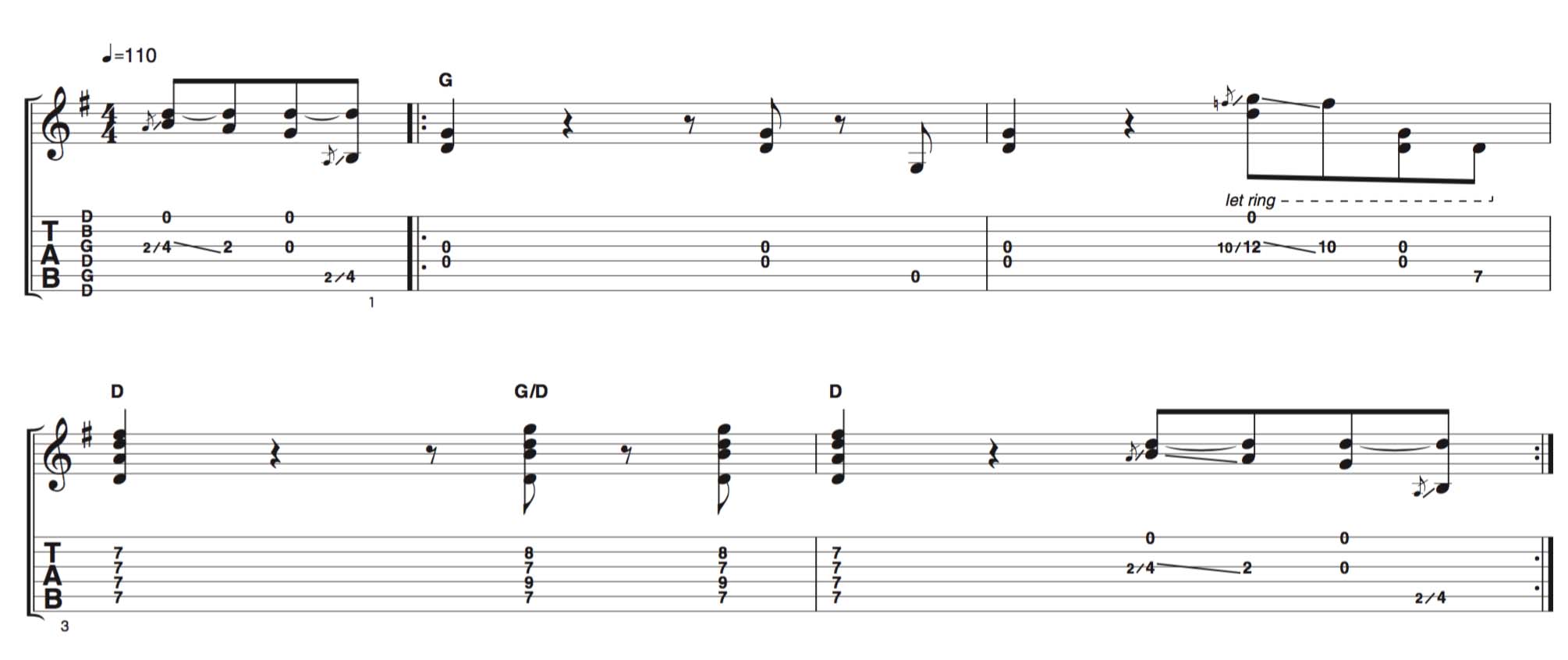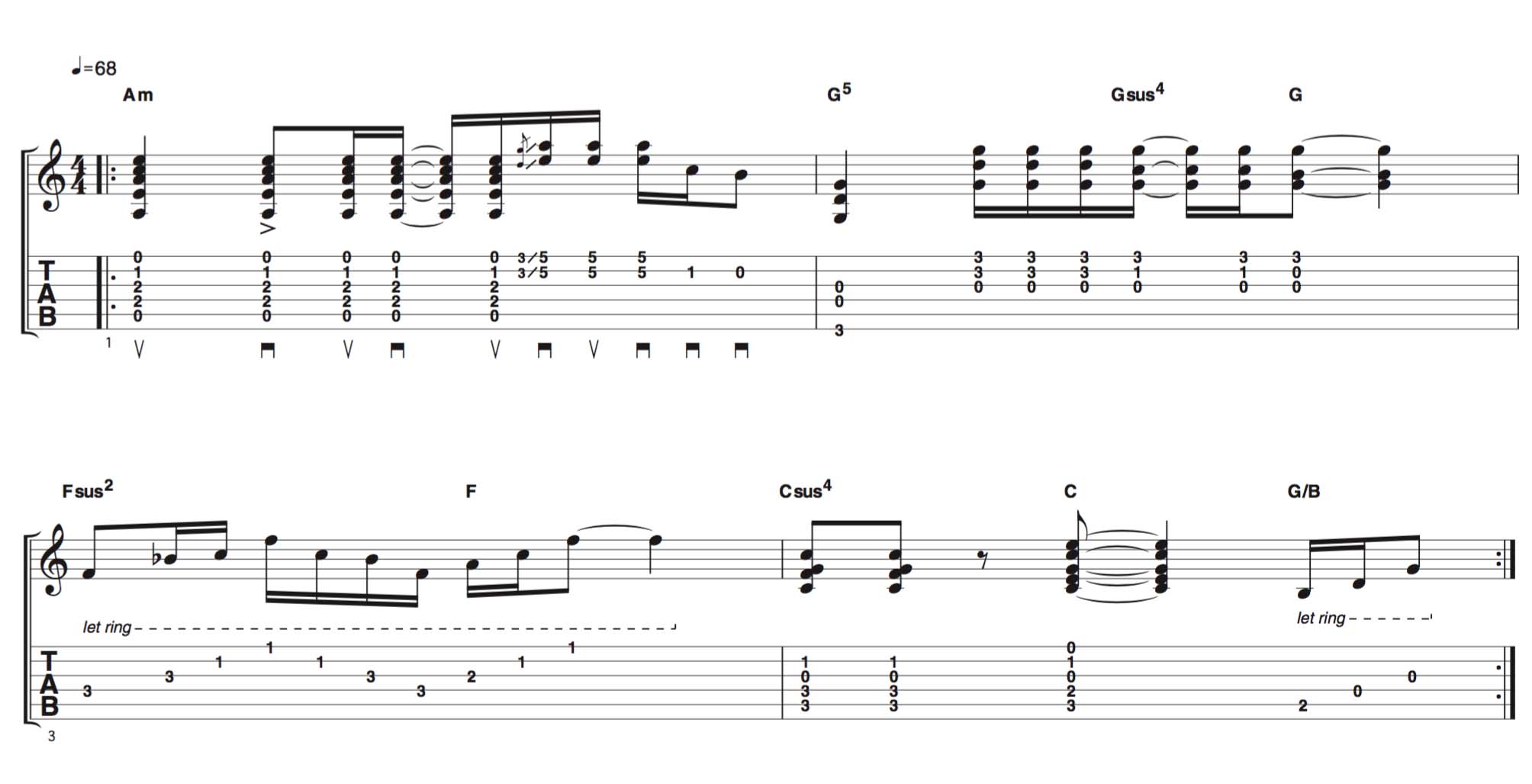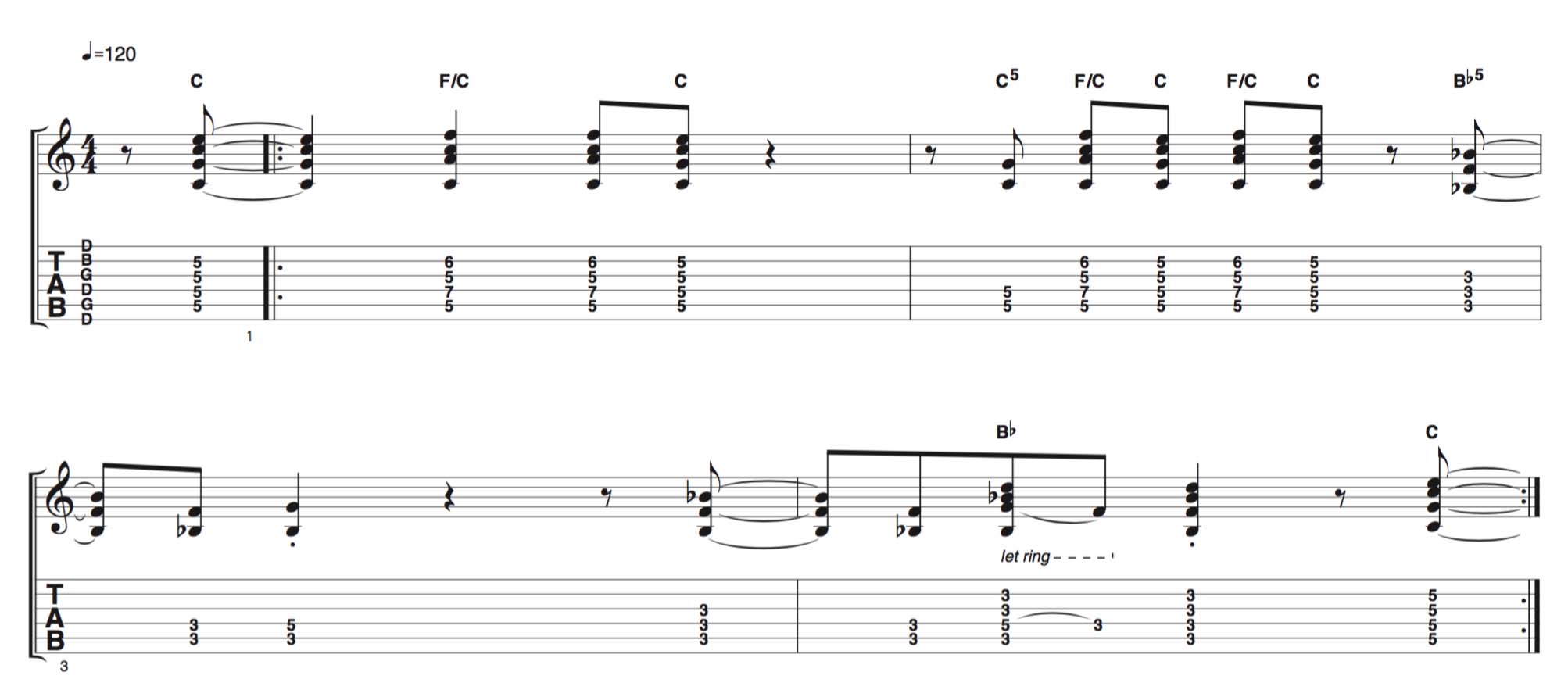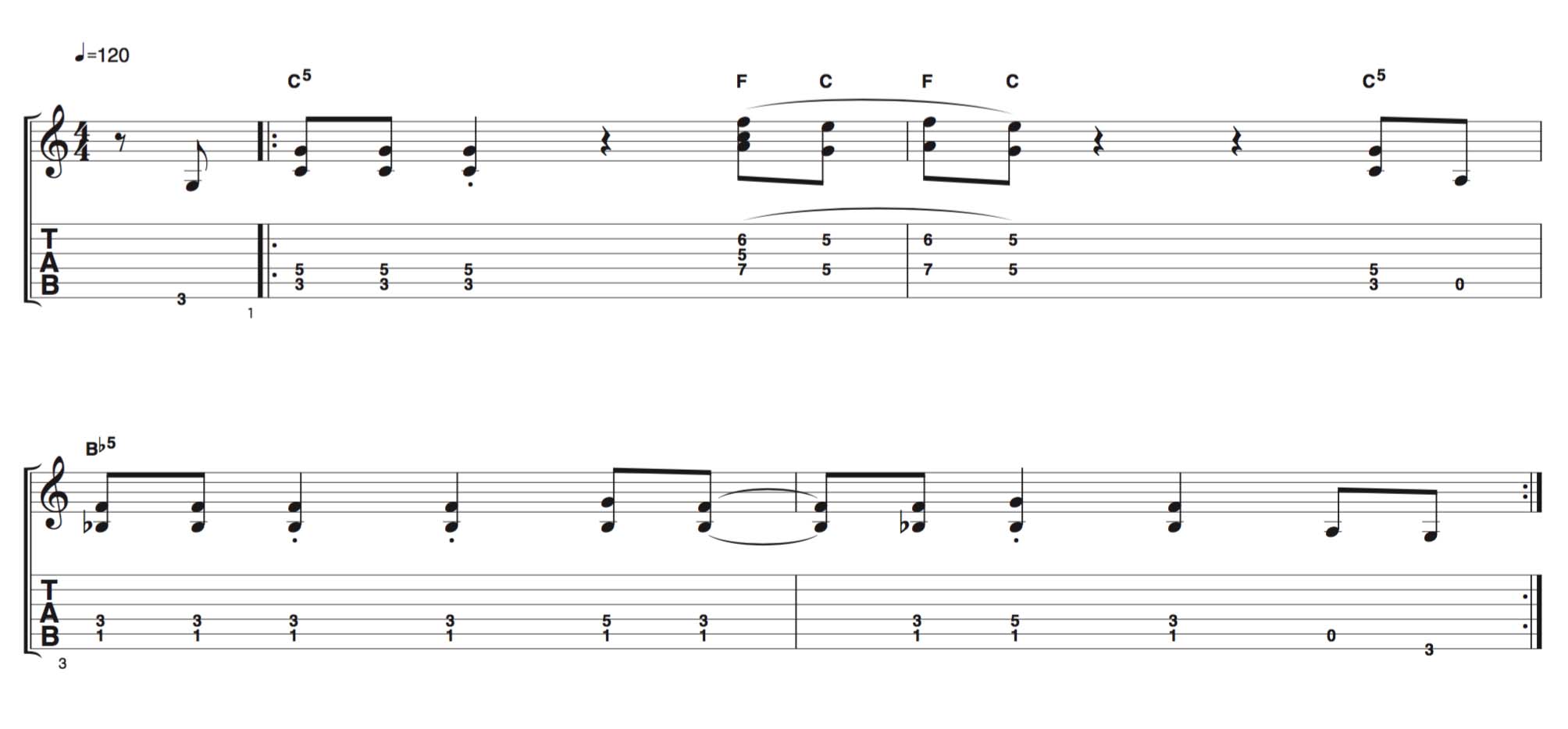4 guitar tricks you can learn from Keith Richards
How to play The Human Riff’s open G riffing, acoustic work and weaving rhythms

Keith Richards has been at the helm of The Rolling Stones for almost six decades, writing some of the band’s most enduring guitarist, as well as pioneering altered tunings and introducing the world to the distortion pedal (yep, that Maestro Fuzz-Tone whose sales went through the roof with Keith’s endorsement).
In a move that could’ve seen Keith land himself in the ‘loony guitarists’ category, he removed the sixth string from his guitar and used open G tuning.
A genius act that saved him from having to mute a string he rarely used. Open G tuning revolutionised The Stones’ sound: there would’ve been no Honky Tonk Women, Brown Sugar or Start Me Up without it.
Come the late 60s, and this trademark tuning would lead to what Richards calls “the ancient art of weaving” – two independent, interlocking rhythm parts created with his Stones bandmate Mick Taylor and, from 1974, Ronnie Wood.
Read on as we take you through Keith’s riffing style, both in open G and standard tunings, before we move on to show you how Keith and Mick/Ronnie create that trademark weaving Stones rhythm sound. Time to start you up!
Riffing Style
Example 1 is in open G tuning (D-G-D-G-B-D), so you'll need to retune your guitar. This is easy to do: simply drop the first, fifth and sixth strings down by one tone (two frets).
Keith plays many riffs using two basic chord shapes: the major shape (e.g. D in bar 3), which you play with a one finger barre; and the slash chord shape (e.g., G/D also in bar 3).
The G/Dshape looks exactly like an Em7 chord in standard tuning. Example 2 is typical of Keith’s acoustic work and is played in standard tuning.
Example 1. Open G Riff

To play the notes on the first and third strings simultaneously, you’ll need to use hybrid picking (a combination of picking and fingerstyle). Strike the third string with your pick, and, at the same time, pluck the first string with one of your free fingers. Don’t worry if it takes time to get used to it if you’ve never used this technique before.
Example 2. Standard Tuned Acoustic Line

This example mixes strummed chords and arpeggios to create a typical Stones-y rock ballad accompaniment. Strum using a 16th note alternate picking motion as indicated in bar 1. Let the notes ring into each other during the arpeggio in bar 3 by holding down the Fsus2 chord shape.
Twin Rhythm Style
In these two examples, we’ll look at how Keith creates interlocking rhythm parts with Ronnie (and formerly Mick Taylor).
Example 3 is the main riff and is played in open G tuning, Keith Richards-style. There are no new chord shapes to learn here; you’ll be using the major and the slash chord shapes from Example 1, just played slightly lower on theneck.
Example 4 is the supporting rhythm part and is played in standard tuning, Ronnie Wood-style. Notice how the rests fall in different places in each part – this allows room for each part to breathe and generates that famous grooving Stones rhythm.
Example 3. Twin Rhythm Style (Guitar One)

To play the C chord simply barre across the 5th fret with your first finger. Keep your first finger in position and then add your second and third fingers to form the F/C chord (in bars 1 and 2). In bars 3 and 4 ,use your third finger to add the extra note to the Bb chord.
Example 4. Twin Rhythm Style (Guitar Two)

When you fret the F chord, keep your first finger barred across the 5th fret, then you can simply lift off your second and third fingers to play the C chord. Alternate quickly between the two chords by pulling-off and hammering-on the F chord notes.
Get The Pick Newsletter
All the latest guitar news, interviews, lessons, reviews, deals and more, direct to your inbox!
Total Guitar is one of Europe's biggest guitar magazines. With lessons to suit players of all levels, TG's world-class tuition is friendly, accessible and jargon-free, whether you want to brush up on your technique or improve your music theory knowledge. We also talk to the biggest names in the world of guitar – from interviews with all-time greats like Brian May and Eddie Van Halen to our behind the scenes Rig Tour features, we get you up close with the guitarists that matter to you.











